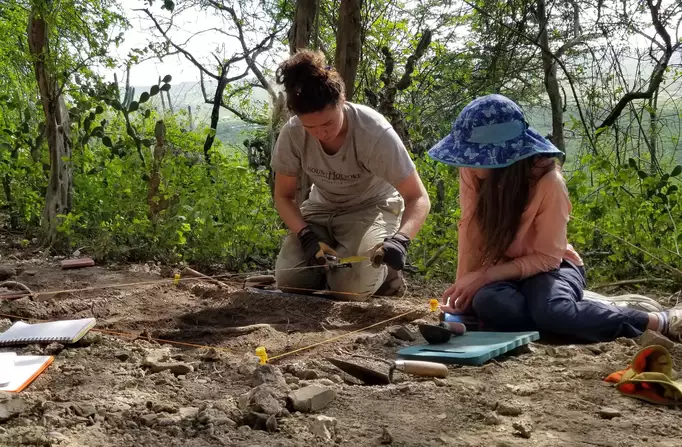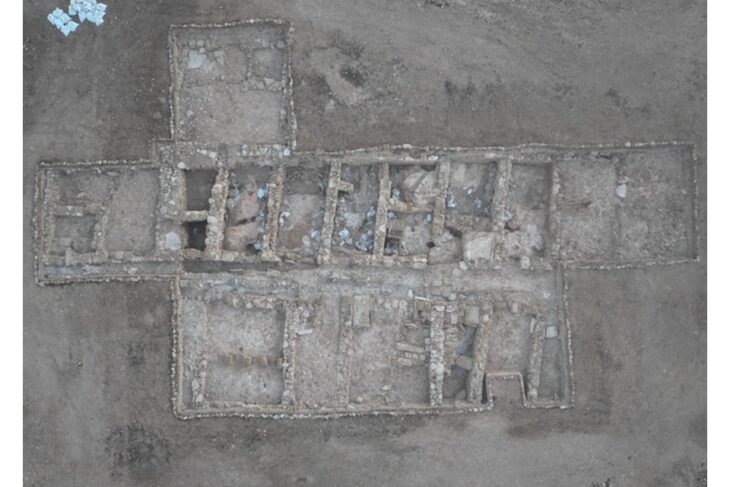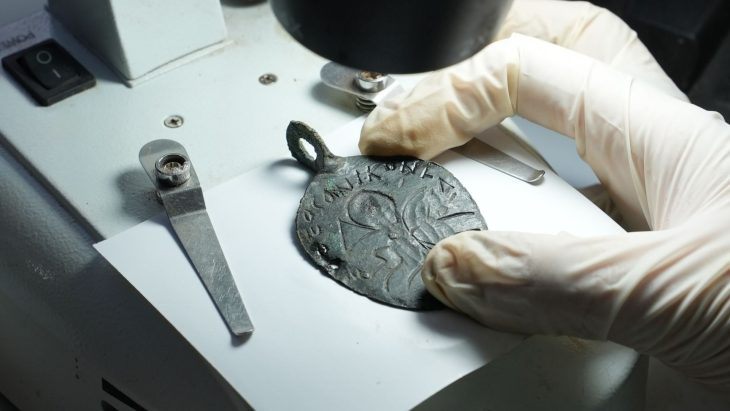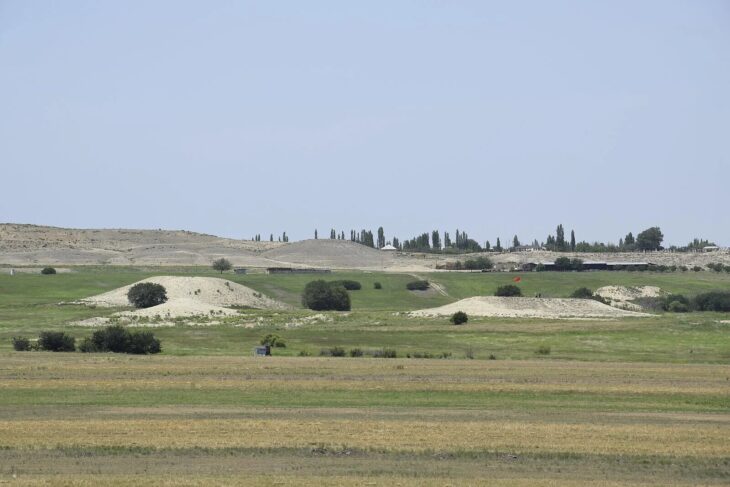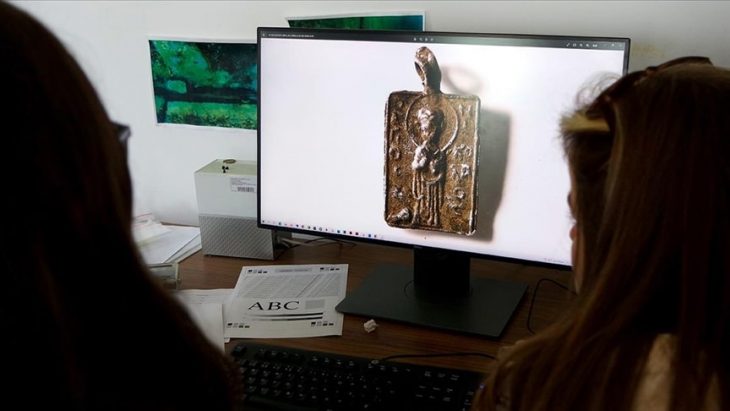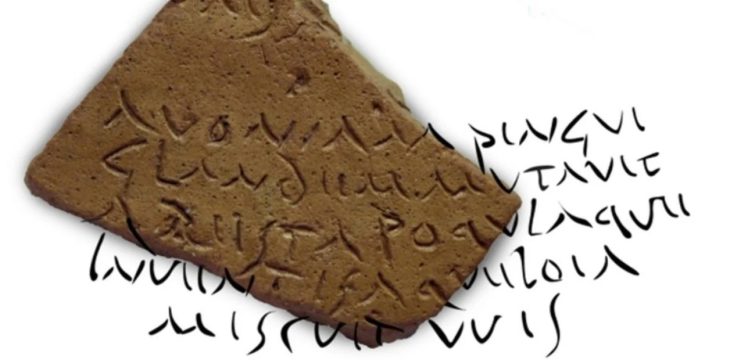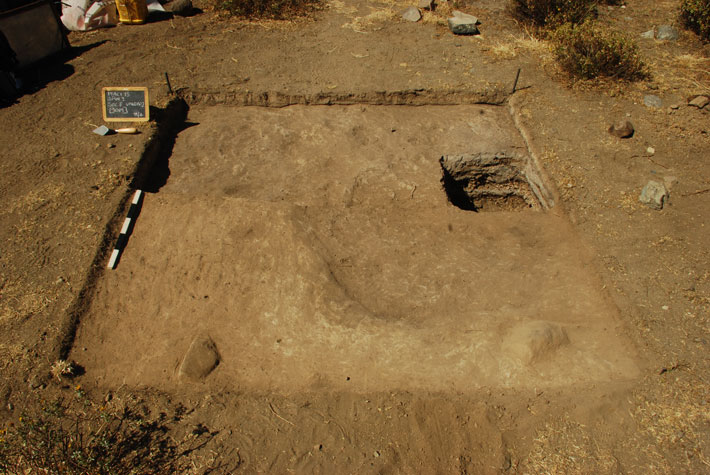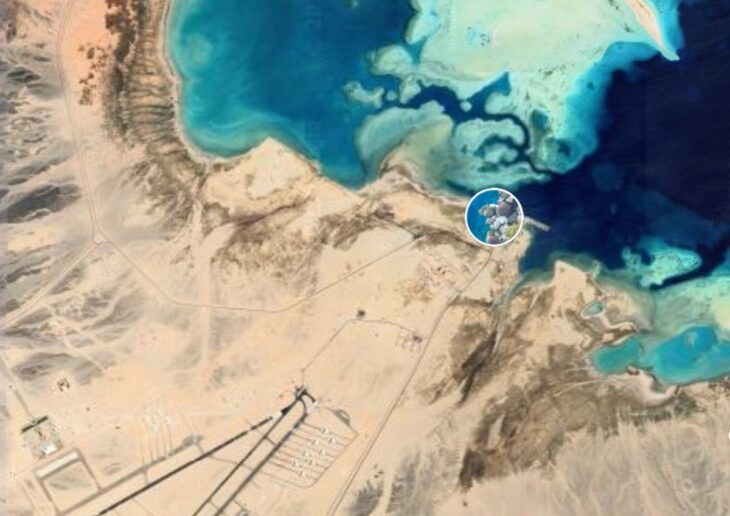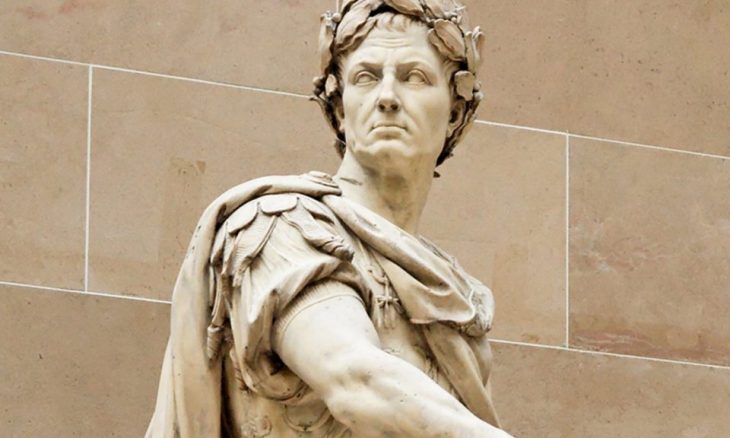A stunning archaeological discovery on the Danish island of Lolland is transforming our understanding of the Neolithic transition. Researchers from the SylFish project, led by the Museum Lolland-Falster, have uncovered 5,000-year-old wooden fish traps (also known as fish weirs), revealing that fishing remained a vital part of daily life long after farming was introduced to the region.
These ancient fishing structures, discovered during the Fehmarnbelt tunnel construction, are among the best-preserved wooden tools from the Stone Age. The site also yielded spears, fish bones, and other artifacts that collectively offer an unparalleled look into coastal life during a critical era of human development.
The findings, recently published in the peer-reviewed journal Proceedings of the Prehistoric Society, challenge the conventional narrative of the “Neolithic Revolution”—the idea that people quickly abandoned hunting and gathering for agriculture. Instead, the evidence suggests a gradual cultural transition where marine resources and traditional fishing techniques remained central to community survival.
“This isn’t a story of abrupt change—it’s a story of adaptation,” says Dr. Satu Koivisto, co-lead of the SylFish project. “Fishing provided not just food, but continuity, identity, and resilience during a time of transformation.”
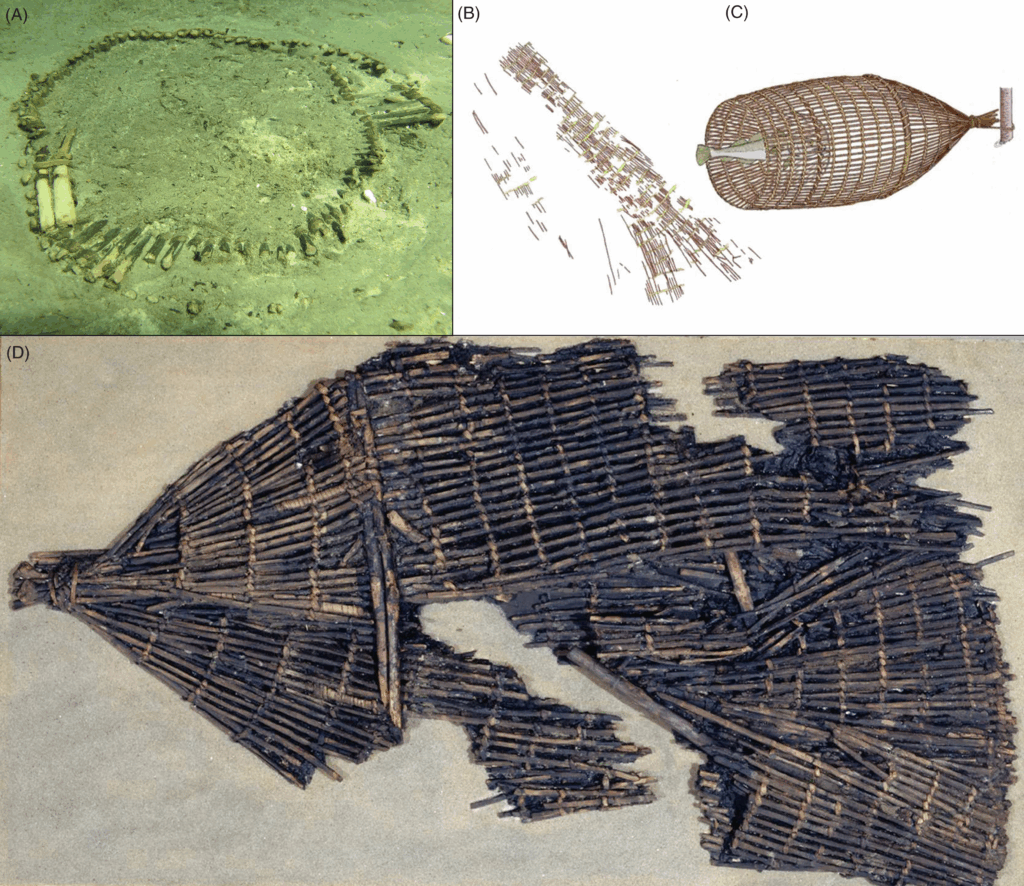
A New View of Neolithic Coastal Communities
The wooden fish weirs, preserved in waterlogged sediments, highlight the sophistication of Stone Age fishing methods. Built with precise engineering and deep ecological knowledge, these structures allowed communities to harvest fish efficiently year-round. The discovery underscores that Neolithic societies in Southern Scandinavia were not simply shifting to land-based farming, but rather integrating both land and sea resources.
📣 Our WhatsApp channel is now LIVE! Stay up-to-date with the latest news and updates, just click here to follow us on WhatsApp and never miss a thing!!
Further insights come from ancient DNA analysis. Although the region saw genetic mixing between local hunter-gatherers and incoming farming populations, the daily rhythm of coastal life remained stable. The data suggest that people retained long-standing traditions even as they adopted new technologies and domestic animals.
Why It Matters Today
This discovery offers more than historical curiosity—it provides a new framework for understanding human adaptation to environmental and social change. As modern societies face ecological disruption and food insecurity, lessons from the past—like diversified resource use and local ecological knowledge—are more relevant than ever.
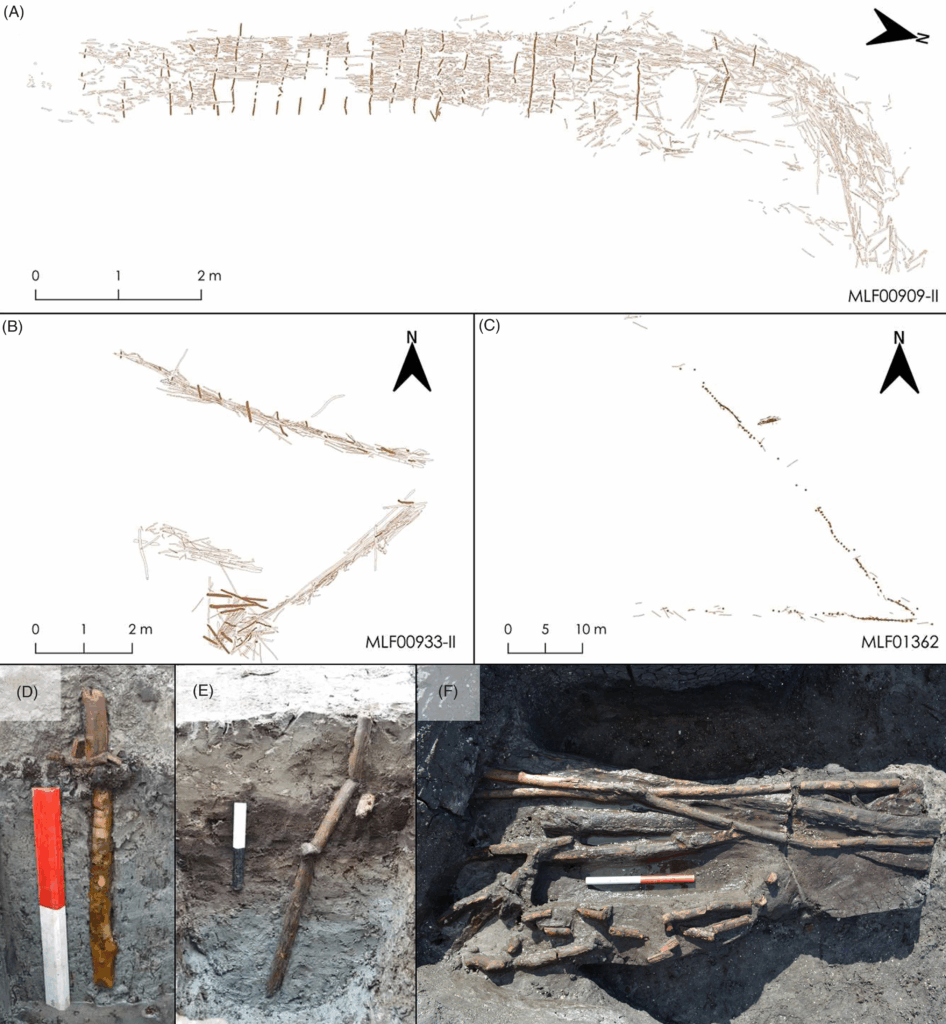
KOIVISTO, S., ROBSON, H. K., PHILIPPSEN, B., STAFSETH, T., BRINCH, M., SCHMÖLCKE, U., … GROß, D. (2024). Fishing with Stationary Wooden Structures in Stone Age Denmark: New Evidence from Syltholm Fjord, Southern Lolland. Proceedings of the Prehistoric Society, 90, 147–176. doi:10.1017/ppr.2024.15
Cover Image Credit: Proceedings of the Prehistoric Society, 90, 147–176. doi:10.1017/ppr.2024.15
For a deep dive into the research, read the full article:
👉 Fishing with Stationary Wooden Structures in Stone Age Denmark
Learn more about the ongoing SylFish project here:
👉 SylFish – Museum Lolland-Falster


